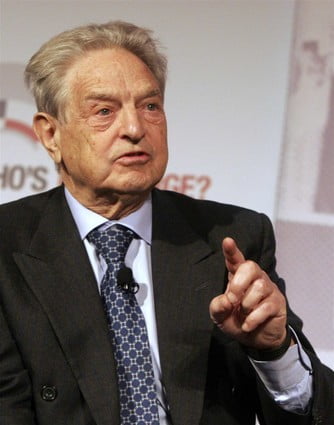Alan Greenspan
Every morning, Alan Greenspan wakes up in 5.30 and during 1.5 hours taking a bath and reading economic reports, thinks over the financial and economic problems of the country. For the post of Chairman of the Board of Governors of the Federal Reserve System (Central Bank of the United States), the most influential body of the country's economic policy, Greenspan was appointed by President George W. Bush 20 June 2000 of the year, and for the fourth time. Alan Greenspan was born in March 1926 years in Brooklyn, near, which was called "Frankfurt on the Hudson", since many Jewish immigrants from Germany settled there. His father's parents, stock broker, were also from Germany. On the maternal side, his ancestors were immigrants from Poland. When Alan was 5 years, his parents divorced, and he was raised by his mother and her parents. His mother Rose, after the divorce, together with Alan, moved to her parents in a small 2-room apartment in a six-story building on the corner of Broadway and 163rd Street and went to work in a furniture store.. Sister Rose's family lived next to them. – Mary and her husband Jacob Halpert, which had two children – boy and girl. It was with them and with their father that young Alan spent most of his time.


